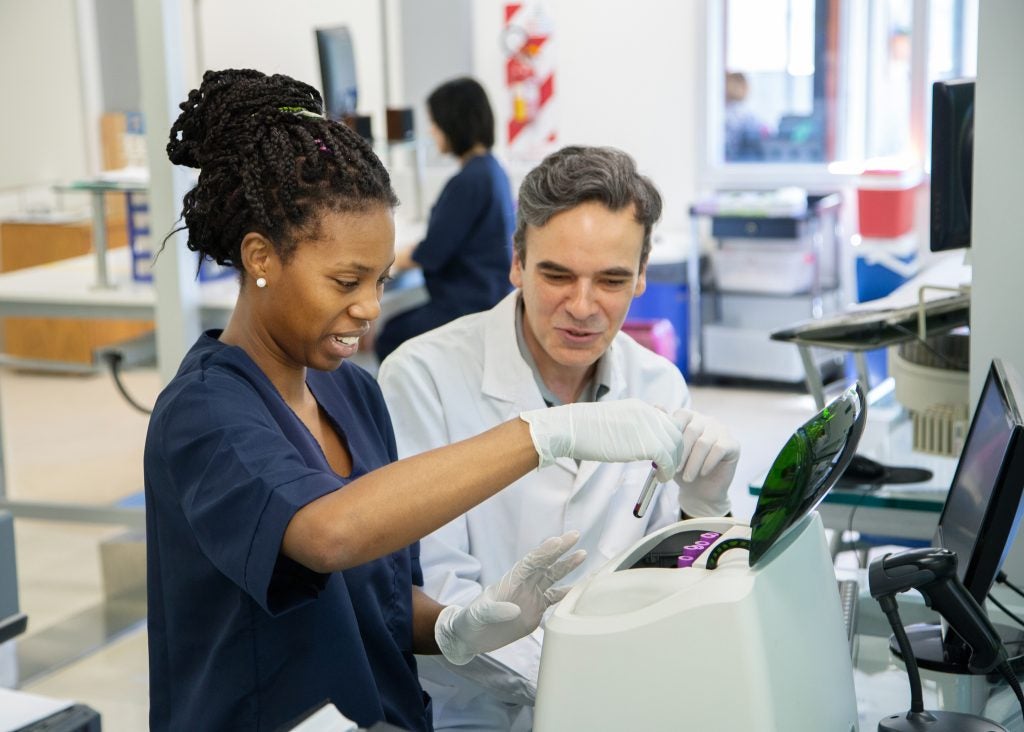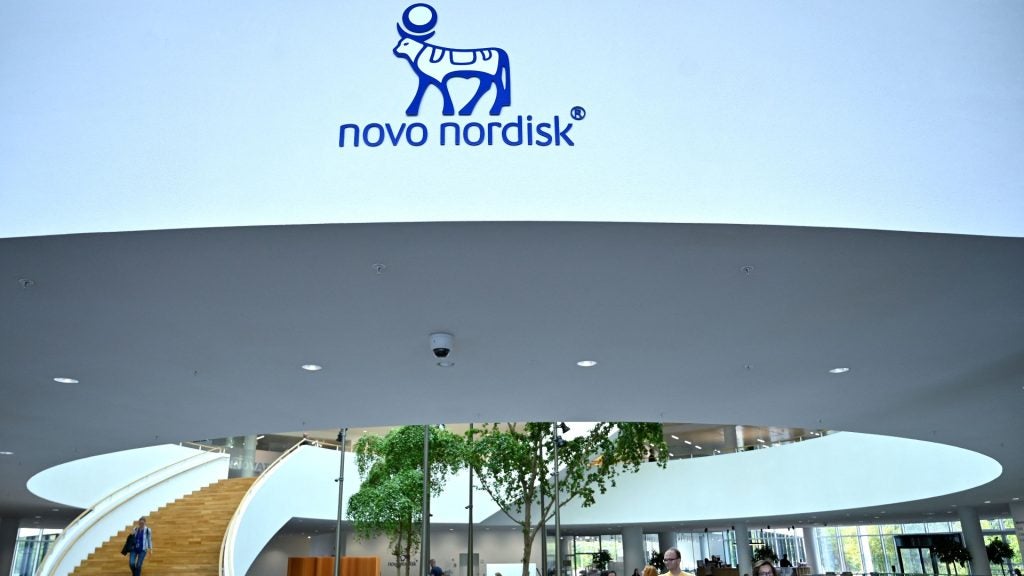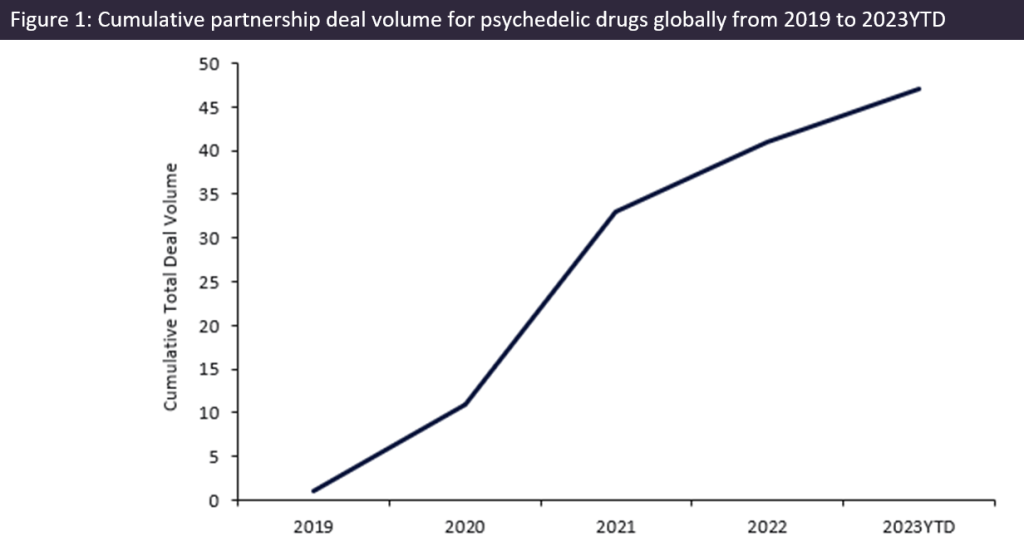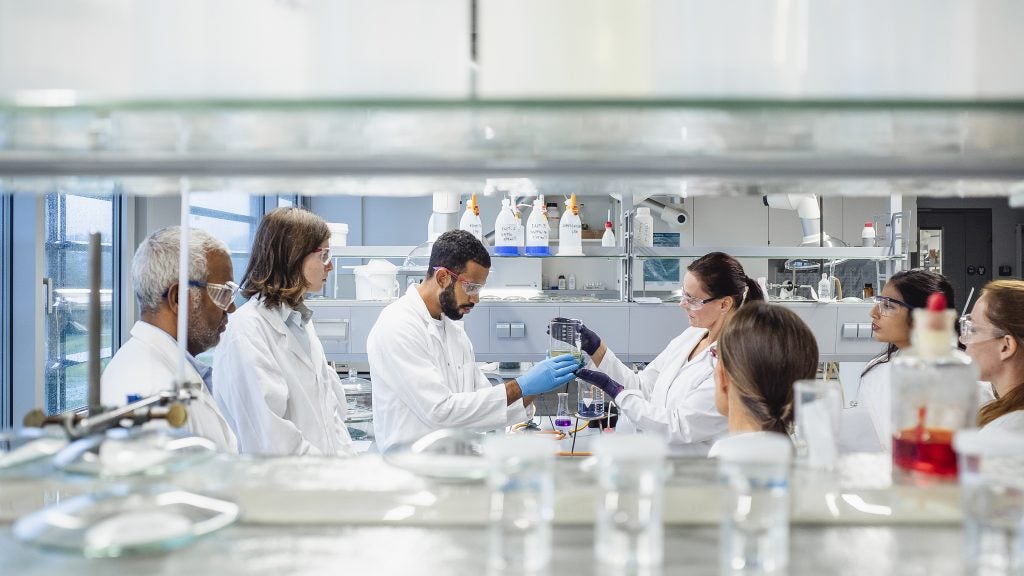The global pharmaceutical industry finds itself at a compelling intersection. The next five years will signify a critical period with the adoption of a combination of technological advancements, strategic partnerships, and major shifts in drug discovery, manufacturing, and distribution.
While the scope of cell and gene therapies continues to grow, experts gathered at the recent CPHI Europe 2023 conference were quick to note that manufacturing these treatments at the required scale still posed some challenges.
At the conference, which took place in Barcelona on 24–26 October, upcoming trends and challenges in the manufacturing of cell and gene therapies were discussed, with a focus on the significance of collaborations and the profound impact of artificial intelligence (AI) on reshaping the landscape.
Limited manufacturing capacity will pose certain constraints in the short-term future, specifically within the next year. Based on CPHI’s Annual Industry Report, 50% of pharma executives expect that cell and gene therapy manufacturing will experience resource procurement and capacity limitations, leading to “slower approvals within the next 12–18 months” and perhaps a moderate decrease in cell and gene therapy manufacturing contract numbers.“ Manufacturing capacity for cell and gene therapies is limited, with only a few sites worldwide able to produce them, [perhaps] less than 10,” says Pierre Luzeau, CEO of pharmaceutical manufacturing provider Seqens.
Despite capacity constraints, executives are anticipating a lot of potential applications for cell and gene therapies, even in relatively common conditions such as Parkinson’s disease. Because of this, it is essential for contract development and manufacturing organizations (CDMOs) to create larger development and manufacturing facilities. At the moment, 75% of all cell therapy products in development are those involving T-cells, of which 75% are intended for chimeric antigen receptor (CAR)-T cell therapies, as per Luzeau’s presentation.
These autologous CAR-T cell therapies require huge utilization of hospital resources that are sustainable for rare indications in terms of hospital management, but not for broader ones such as breast cancer and lung cancer, Luzeau highlighted during a panel discussion. The manufacturing of autologous cell and gene therapies requires a significant shift from that of the classical off-the-shelf pharmaceutical products such as vaccines and small molecules due to the personalised nature of the treatments. The cell and patient journey heavily impacts manufacturing success and final therapy outcomes. Thus, the allogeneic cell therapy space is going to grow over time as these treatments become more effective and safer.
Current gaps in cell and gene therapy manufacturing
In order to meet the increased capacity, Luzeau highlighted the need for pharma and biotech companies to partner with organizations to fulfill the manufacturing products end-to-end, from preclinical stages to Phase I or Phase II. Autologous therapies are heavily personalised, which can pose a challenge. It can be difficult to manufacture products exactly according to specifications due to the complex and lengthy manufacturing timeline. This can lead to companies being forced to deliver out-of-specification cell and gene therapy products that may cause unknown efficacy, regulatory issues, and even legal issues that can harm the company’s reputation.
CAR-T cell therapies are also more expensive compared to other immunotherapies because they require more investment into facilities, utilities, and cycle management, in addition to the fact that they often lack automation. Luzeau concluded that all of these gaps need to be filled to decrease costs and make these therapies widely available.
Push for collaboration to overcome challenges in commercialisation
Due to the gaps in manufacturing, Luzeau said the cell and gene therapy space is entering into a “huge field of unfamiliar complexity” in which collaboration and partnership are essential to overcome challenges.
In a panel discussing “Why building a collaborative network is essential for rare disease therapies”, pharma executives also highlighted the need for collaboration given the recent spike of interest in rare disease therapies. According to Nicolas Chornet, senior Vice President, International Manufacturing, Moderna, around 25 million to 30 million people in the US are impacted by or live with a rare disease.
Rajiv Khatau, Managing Director of the Oak Creek, Illinois-based pharmaceutical manufacturer LODAAT, noted that expanding portfolios in rare diseases is very important, despite the inherent challenges such as funding and slow entry into market. Luzeau mentioned that competition in the rare disease space is a good thing because it can raise awareness for a particular disease, increase investments in patient centers and the training of physicians, and improve the patient journey.
With regards to partnerships, Chornet emphasised the need to strike a balance between adding more complexity while working with a CDMO versus having to absorb the cost and the capacity of making small batches internally. Producing a small volume of therapies for rare diseases creates opportunities for end-to-end amplification, both in the manufacturing steps and in logistics and distribution, he added.
The future of cell and gene therapies in rare diseases
On the topic of incentivisation to invest in rare diseases, Alok Tayi, Founder of Boston, Massachusetts-based biotech Vibe Bio, stated that “in rare disease drug development, the incentive is not about what is going on today, it is about the potential of tomorrow”. He noted that regardless of the size of the initial indication, drug development lays a foundation that is scalable across many indications. Thus, companies should not look at rare disease as a “one status snapshot in time” but rather focus on how the market has historically grown and scaled up, he said.
Chornet mentioned that using a common platform across indications provides an immense “advantage from a technical standpoint, since therapies can be scaled up from development all the way down to manufacturing using the same technology”. He added that AI algorithms can move drug development more quickly. The application of AI was a common underlying theme discussed in multiple CPHI panels and talks. In the case of cell and gene therapies, AI is expected to accelerate target identification and gene editing capabilities. In order to facilitate collaboration in the rare disease therapy space, Tayi says that communication between the patient, trial sponsor, manufacturer, and drug designer is critical.
Tayi also stated that pharma companies are at the forefront of developing drugs meant for n-of-1 conditions. He added that “diseases are going to become more heterogeneous, drugs will become more programmable, and patients, pharma companies, [and] providers will care about velocity”.
Luzeau said that “off-the-shelf CAR-T therapies are probably the future” to improve efficacy, increase durability, and reduce toxicity, “but there is a requirement to simplify the manufacturing process to give these therapies a chance to expand massively in the next years”.
Tayi concluded that drug development and manufacturing is an activity that “takes a village”, and noted that in the future, regulatory authorities will need to be flexible but also aligned across different geographies.















